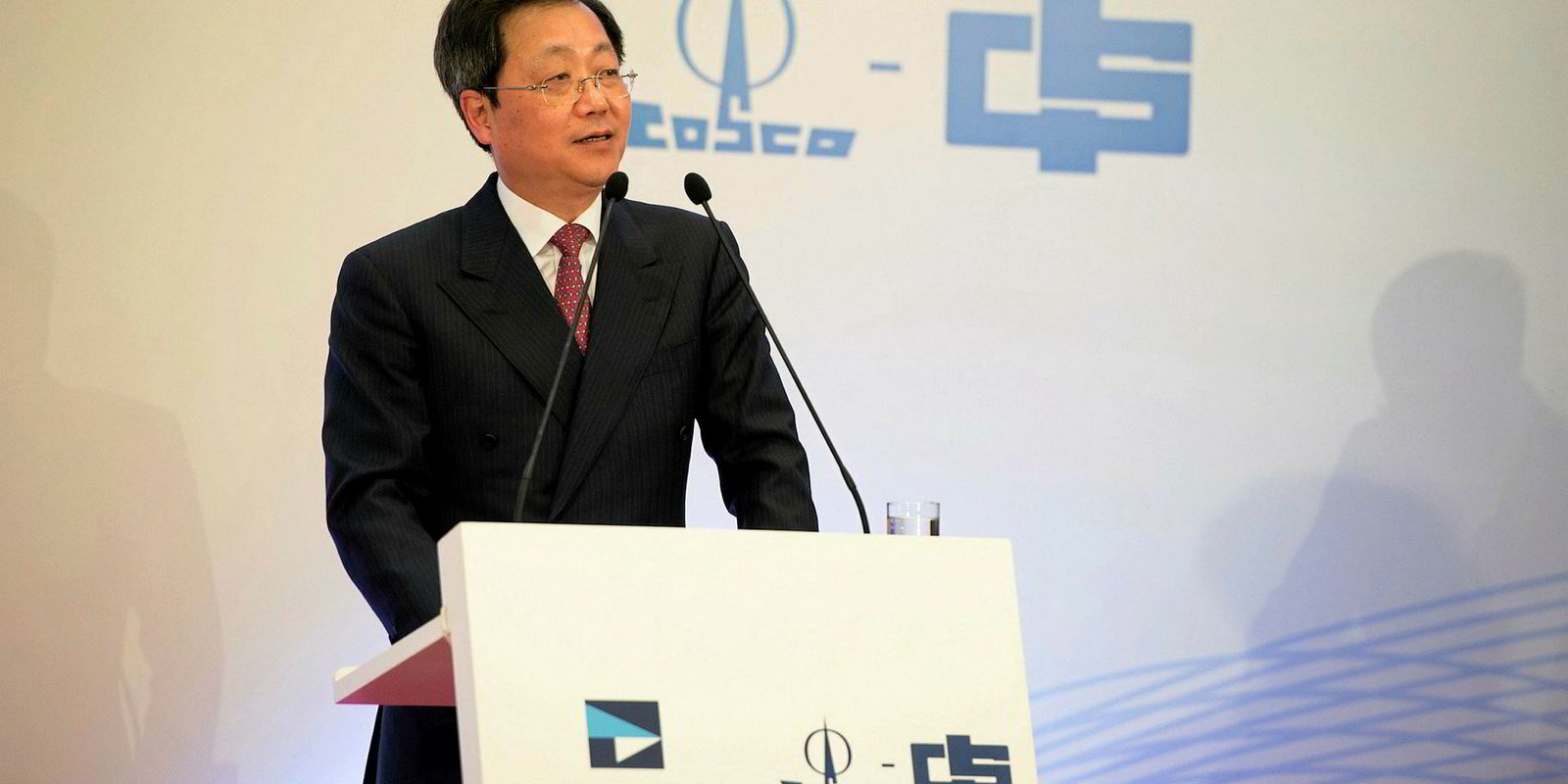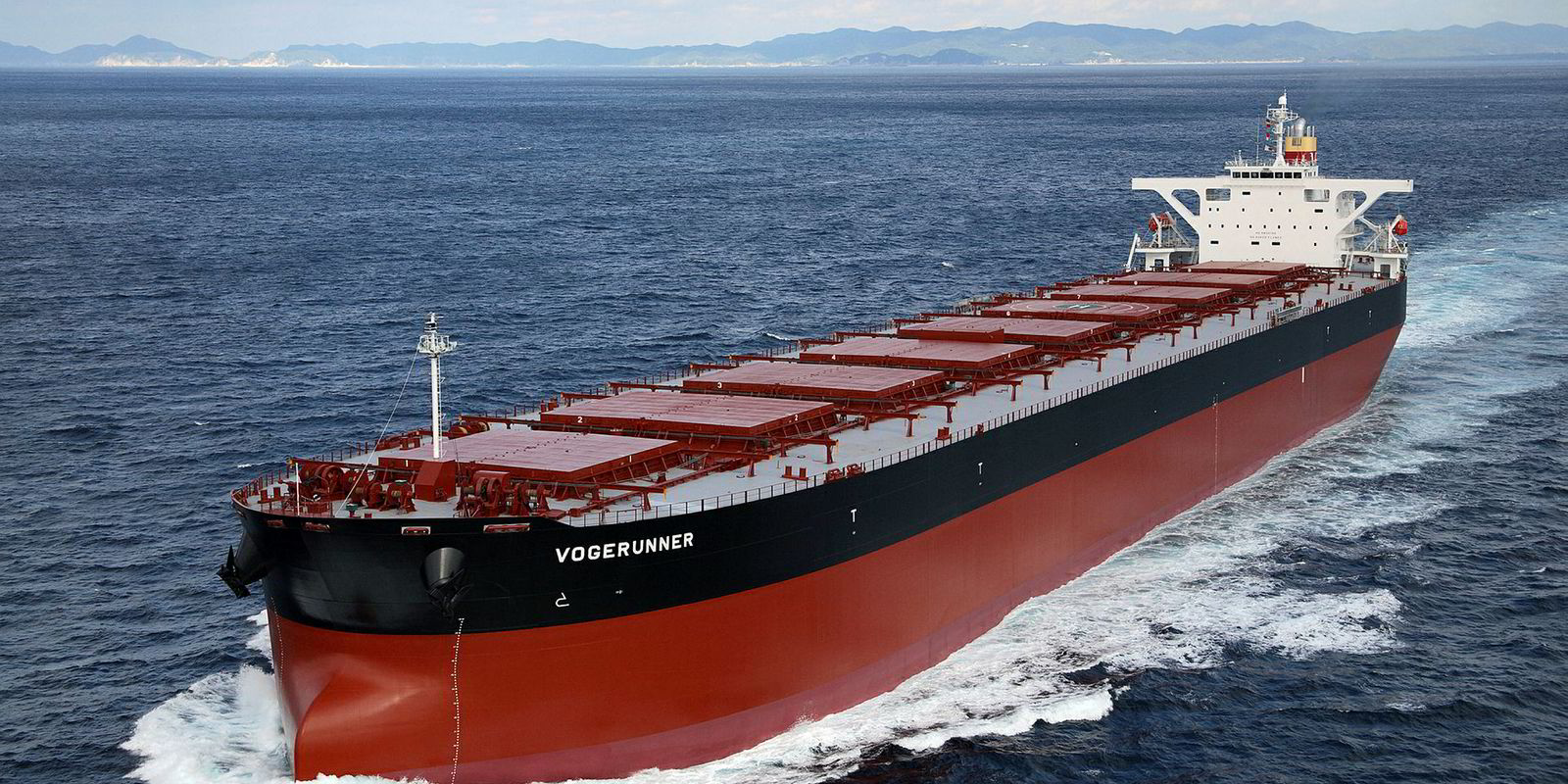Downside risk in the capesize bulker market has emerged in the forms of a warm, wet winter in East Asia and underperforming Chinese imports of coal and iron ore, according to a Refinitiv analyst.
While holding firm above $18,000 per day for most of October, the weighted time charter average for capes on the Baltic Exchange has failed to break the $20,000-per-day market.
“The capesize market is feeling a bit of pressure in the fourth quarter,” Refinitiv supply chain and commodities research senior analyst Vishal Thiruvedula said in a Baltic Exchange event.
Refinitiv is the former financial data and technology division of Thomson Reuters, now majority owned by Blackstone.
Much of East Asia is forecast to experience “warm to very warm temperatures” during October 2018-March 2019, while “wetter than normal weather” is anticipated in the inland areas, according to Thiruvedula.
Consequently, thermal coal imports of the region, the world’s largest demand centre, may not pick up as utilities firms expect less heating requirements and more hydropower output, Thiruvedula said.
Moreover, Thiruvedula expects the output cut of some Chinese steel mills for pollution control during winter to weigh on the country’s demand for coking coal and iron ore.
China has also had some unofficial restriction on coal imports at some ports to prompt more consumption of domestic production, he added.
China’s coal imports amounted to 24.1 million tonnes in September, down 12% on month, according to customs figures reported by Thomson Reuters.
Iron ore imports were up 4.6% on month at 93.5 million tonnes last month, but the total volume during January-September was 1.6% lower from the year-ago level.
However, Thiruvedula said the capesize market would tighten next year with subdued vessel supply growth and healthy growth in seaborne dry bulk trade.
According to Clarksons' data, 75 capesize vessels totalling 18.3 million dwt are due for delivery next year, higher than this year’s level but still low by historical standard.
For the demand side, Thiruvedula said Southeast Asian coal imports and Chinese bauxite imports are potential bright spots in 2019.
Chinese bauxite imports increased around 10% on year during the first nine months of 2018, according to Banchero Costa estimates, with rising shipments from Guinea on large-sized bulkers.






